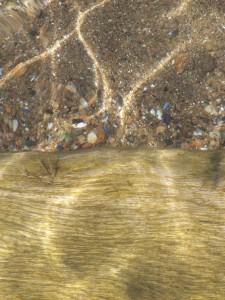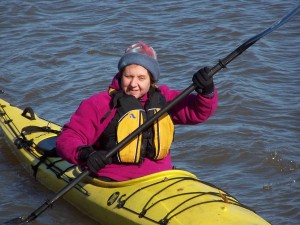Nicholas was a brilliant engineer, who continued struggling to understand complex problems long after he retired.
In 2008, he needed a biography for a presentation.
This is what we came up with:
Throughout his career, Nick has sought physics-based explanation of puzzling observations & unexplained failures, in the tradition of Whittle.
Graduating from the University of British Columbia, he joined a team of young engineers at the Hawker Siddley Group in Canada who had received training at Whittle’s company, Power Jets. Nick’s initial learning consisted of studying Stodola’s textbook and poring over Von Ohain’s jet engine drawings. He advanced to responsibility for the hot end of the Iroquois engine developed to power the Avro Arrow, including pioneering a two-bearing HP, two-shaft turbojet configuration.
Upon the cancellation of the Avro Arrow, Nick progressed through the US aeroengine industry, delivering innovative designs at companies like Pratt & Whitney, General Electric and Williams International. Knowing that the challenges of advancing design concepts required new insight into engine vibrations, he continued his education at UMICH, RPI and NYU, earning two master’s degrees in engineering mechanics (RPI and NYU).
Connecting the shattering of a fan rig drum shaft in 1966 with an unexplained problem of the Iroquois experience, he derived the physics of coupling between bladed disk flexing and elliptical engine whirling, which he published at first opportunity, in 1974.
Now in retirement, Nick works to create & disseminate physical interpretation and cohesive (whole-engine) solution of long overlooked, but currently surfacing as critical, vibration mechanisms. In this work, he aims to show that guidance of design by clever use of current analytical & experimental tools would reduce risks in future engines and might help to ensure safe operation of engines fielded with generic design flaws.
“I’m a dreamer. I always have my own mind. No devices, just dreams.”
Nicholas Klompas, 30 July 2011
 I will always be close to my dad when in nature, I like this image of connection and the safety of being nestled in a nurturing space.
I will always be close to my dad when in nature, I like this image of connection and the safety of being nestled in a nurturing space. 
 And I will feel the warmth of his sparkling eyes when I see sunshine is water.
And I will feel the warmth of his sparkling eyes when I see sunshine is water.
